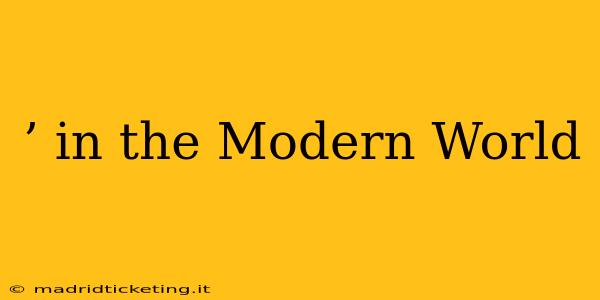The Power of Storytelling in the Modern World
Storytelling. It's a fundamental human experience, as old as humanity itself. From ancient cave paintings to modern-day movies, we've always used narratives to connect, understand, and make sense of the world around us. But what role does storytelling play in our modern, fast-paced, digitally-driven world? The answer is more profound than you might think. Storytelling isn't just a relic of the past; it's a powerful tool that remains incredibly relevant and increasingly vital in today's complex landscape.
This article will explore the enduring power of storytelling in the modern world, examining its impact across various sectors and considering how we can leverage its potential to connect with audiences, build brands, and drive meaningful change.
Why is Storytelling Important in Today's World?
In a world saturated with information, capturing and holding attention is a significant challenge. The sheer volume of content bombards us daily. Storytelling cuts through the noise. A compelling narrative engages our emotions, sparking empathy, understanding, and a lasting connection that facts alone cannot achieve. This is crucial for:
- Building stronger brands: Brands that tell their stories authentically resonate deeply with consumers, fostering loyalty and trust.
- Improving communication: Stories make complex information accessible and memorable, improving comprehension and retention.
- Driving social change: Powerful narratives can raise awareness about social issues, inspire action, and mobilize communities.
- Enhancing learning and education: Stories make learning more engaging and relatable, fostering deeper understanding and knowledge retention.
How Has Storytelling Changed in the Modern World?
The methods and platforms through which we share stories have evolved dramatically. While the core principles remain consistent, the modern world presents new opportunities and challenges:
- Digital platforms: Social media, blogs, podcasts, and video platforms offer unprecedented reach and accessibility.
- Interactive storytelling: Gamification, virtual reality, and augmented reality allow for immersive and personalized storytelling experiences.
- Transmedia storytelling: Narratives unfold across multiple platforms and formats, creating a richer and more engaging experience.
- Data-driven storytelling: Data visualization and analytics help tell stories with greater precision and impact.
What are the Different Types of Storytelling?
The power of storytelling lies in its versatility. Different forms cater to various needs and audiences:
- Brand storytelling: Sharing a company's history, values, and mission to build customer loyalty.
- Personal storytelling: Sharing individual experiences to connect with others on an emotional level.
- News storytelling: Reporting on events through compelling narratives to engage readers and enhance understanding.
- Marketing storytelling: Crafting narratives to promote products or services in a memorable and persuasive way.
What are the Elements of a Good Story?
Regardless of the platform or purpose, effective storytelling relies on several key elements:
- Compelling characters: Readers must connect with the characters, empathizing with their struggles and celebrating their triumphs.
- A clear narrative arc: A well-defined structure, with a beginning, middle, and end, keeps the audience engaged.
- Strong imagery and sensory detail: Vivid descriptions paint pictures in the reader's mind, enhancing the immersive experience.
- Emotional resonance: Stories that evoke emotions—joy, sadness, anger, hope—leave a lasting impression.
- Authenticity: Genuine stories connect with audiences on a deeper level, fostering trust and credibility.
What Makes Storytelling So Effective in Marketing?
Storytelling in marketing goes far beyond simply advertising a product. It's about creating an emotional connection with the consumer, building a brand identity, and fostering loyalty. By sharing relatable narratives, businesses can:
- Increase brand awareness and recognition: Memorable stories stick with consumers, reinforcing brand recall.
- Build trust and credibility: Authentic storytelling fosters transparency and builds confidence in the brand.
- Drive sales and conversions: Emotional connection leads to stronger customer engagement and ultimately, increased purchases.
How Can I Use Storytelling in My Business?
Incorporating storytelling into your business strategy requires a thoughtful approach:
- Identify your audience: Understand their values, interests, and needs to craft relevant narratives.
- Define your brand story: Articulate your company's mission, values, and unique selling points.
- Choose the right channels: Select platforms that best reach your target audience.
- Craft compelling narratives: Develop authentic stories that resonate with your audience on an emotional level.
- Measure your results: Track engagement metrics to assess the effectiveness of your storytelling efforts.
In conclusion, storytelling remains a potent force in the modern world. Its ability to connect, engage, and inspire remains undiminished, even in the face of rapidly evolving technology and information overload. By mastering the art of storytelling, individuals and businesses can build stronger connections, enhance communication, drive positive change, and achieve remarkable success.

